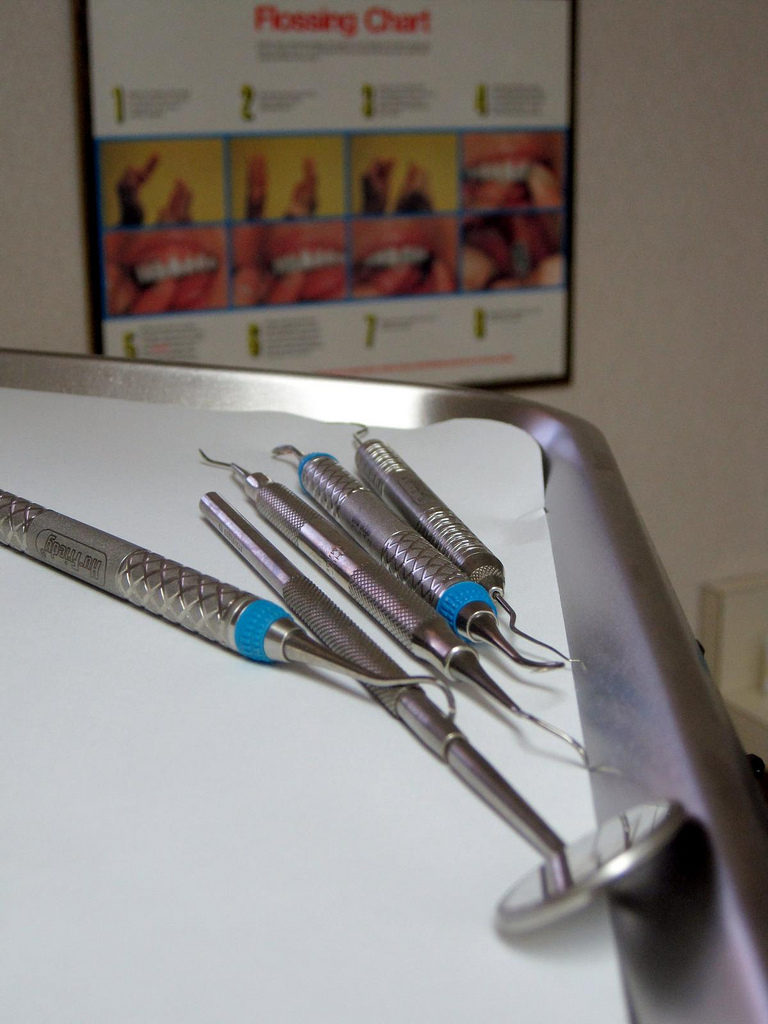An interesting article titled “Third molars and periodontal damage of second molars in the general population,” written by Kindler et al. appears in the Journal of Clinical Periodontology, (vol. 45, pp. 1365-1374, 2018). The article explores the association between impacted or erupted wisdom teeth and periodontal pathology using probing depth and clinical attachment levels. Additional information on periodontal probing depth and a wisdom tooth’s effect on adjacent second molars can be found on the Risks of Keeping Wisdom Teeth page on this website. In previous works impacted wisdom teeth have been identified as a risk factor for developing tumors, dental cysts, and other pathology in adjacent second molars. Even without periodontal symptoms, periodontal damage on the distal aspect of second molars can be present.
In the article the authors looked at data from a population-based Study of Health in Pomerania (specifically West Pomerania, the north-eastern region of Germany) which uses whole-body magnetic resonance imaging (MRI) in a general population setting. MRI of impacted wisdom teeth has previously been used in dentistry with increasing use in forensic age estimation as discussed in dental age estimation using MRI of wisdom teeth. The authors used pooled data from two independent cohorts: the first consisting of 2,333 people (SHIP-2) and the second consisting of 4,420 people (SHIP-TREND). Of these 6,753 people, whole body MRI (1.5 Tesla) of wisdom teeth was available for 2,484 people. From these 2,484 people, data of the adjacent second molars were completely missing in 569 people which resulted in a study sample of 1,915 people. Two trained dentists assessed the wisdom teeth with slightly better agreement for upper wisdom teeth than lower wisdom teeth. Wisdom teeth were categorized into 1.) not being present, 2) being erupted and not impacted, and 3) being impacted. The Pell and Gregory classification into three levels was used to determine those that were impacted. The periodontal status was assessed using probing depth and clinical attachment loss measured by a periodontal probe at four sites per tooth. All measurements were rounded to the closest millimeter. The authors performed statistical analysis by constructing linear and logistic regression models.

The authors found that wisdom teeth were present more often in males than in females and were present more often in the lower jaw than in the upper jaw. The authors found those with lower wisdom teeth had a significantly stronger association with unfavorable periodontal outcomes of the distal site of second molars when compared to those without these lower wisdom teeth. Those with existent lower wisdom teeth had significantly higher probing depth values in adjacent teeth than those with missing lower wisdom teeth. Those with impacted lower wisdom teeth had slightly higher probing depths than those with erupted lower wisdom teeth. Specifically, those with erupted lower wisdom teeth had a 1.45-fold higher odds ratio and those with with impacted lower third molars had a 2.37-fold higher odds ratio to have higher probing depths in the adjacent distal site of second molar than those without lower wisdom teeth. Further only those with existing periodontitis and erupted upper wisdom teeth had an increased probing depth in adjacent second molars. The authors state
“In the mandible [lower jaw], an existent third molar [wisdom tooth] increases the risk of periodontal damage in adjacent second molars, whereas in the maxilla [upper jaw], an existing periodontitis seems to manifest also in second molars with erupted third molars [wisdom teeth].”
The authors do point out that because MRI of wisdom teeth was used they could not completely distinguish, between partially erupted wisdom teeth and impacted wisdom teeth. The authors also point out that in cases where a wisdom tooth was missing they did not know if this was due to prior extraction or if it just never grew in to begin with. Other studies have used a probing depth threshold of greater than 4 mm but the authors in this study used a probing depth threshold of greater than 3 mm because it includes both severe and moderate forms of periodontal breakdown and improves statistical properties of the constructed model due to more balanced distributions. The authors also point out that a slick thickness in the MRI scans of 4 mm was used and previous work has suggested a slice thickness of 5 mm should be used in head and neck diagnosis. The authors feel that there results might lead to dentists and oral surgeons to more often extract lower wisdom teeth after assessing the periodontal status of the adjacent second molars.
